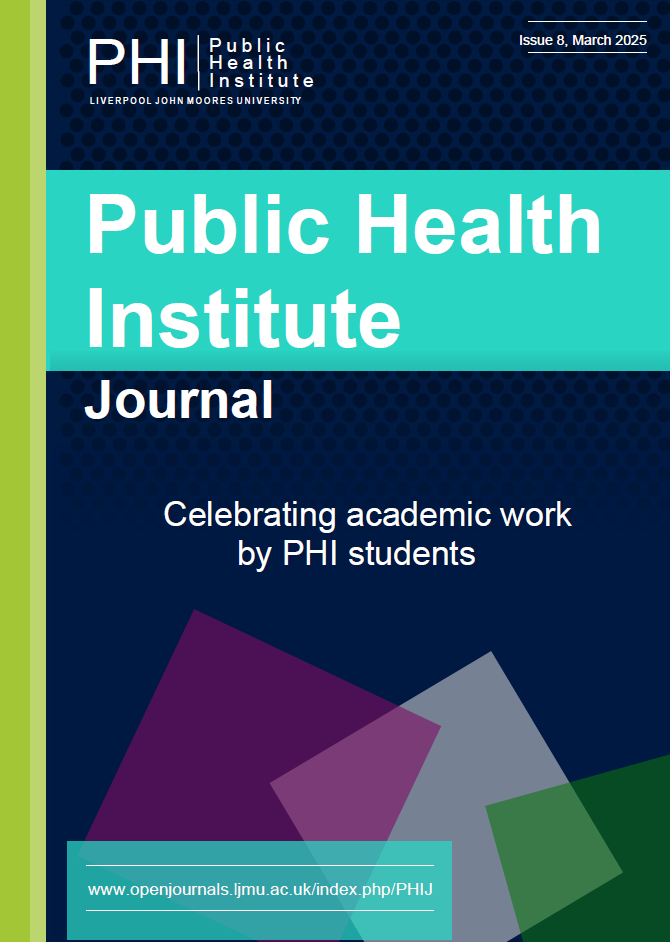Unrelated caregivers and fatal child abuse in the United Kingdom: A scoping review
Keywords:
Fatal Child Abuse, Child Murder, Unrelated Caregivers, Violent Men, Intrafamilial Child HomicideAbstract
Background: Biological parents are the perpetrators of most child murders under the age of five years old, but evidence suggests that stepparents are an even greater risk.
Methods: The purpose of this scoping review was to gather the available literature from the United Kingdom in relation to unrelated caregivers and fatal child abuse. The scoping review followed the methodological framework provided by Arksey & O’Malley and utilised four electronic databases; Medline (EBSCO), CINAHL (Plus with Full Text), Criminal Justice Abstracts (with Full Text) and PsycINFO
Results: The search yielded 1415 articles, of which 11 were included in the scoping review. Only articles published from 2000-2024 and from the UK were considered. Due to the small yield of relevant articles that specifically addressed the study aims, any article that contained relevant information on unrelated caregivers (male and female) who have murdered children were included. Within the articles, evidence found that men with a history of violence, especially those living with an unrelated child, pose the highest risk. Physical assault by a stepfather was reported more frequently than any other method of abuse and non-accidental brain injuries were the most common cause of death. Most of the perpetrators suffered their own adverse childhood experiences (ACE’s).
Conclusion: Through this process the review has highlighted that more research needs to be undertaken with a specific focus on unrelated caregivers (male and female) who have murdered children. There is a dire need to thoroughly understand the risk factors leading to the murder and thus to better understand what support could be provided to reduce risk. This might not help those perpetrators already incarcerated but it could potentially help develop pathways specifically aimed at unrelated caregivers to help them develop strategies to cope and build resilience when they are charged with the care of a child. A better understanding could break the cycle of fatal child abuse for children who are currently living in a violent household, moreover, it will ensure the safeguarding of children who are not yet born
Published
Issue
Section
License
Copyright (c) 2025 Lynette Keenaghan

This work is licensed under a Creative Commons Attribution 4.0 International License.
Authors retain copyright and grant the journal right of first publication with the work simultaneously licensed under a Creative Commons Attribution License that allows others to share the work with an acknowledgement of the work's authorship and initial publication in this journal.


